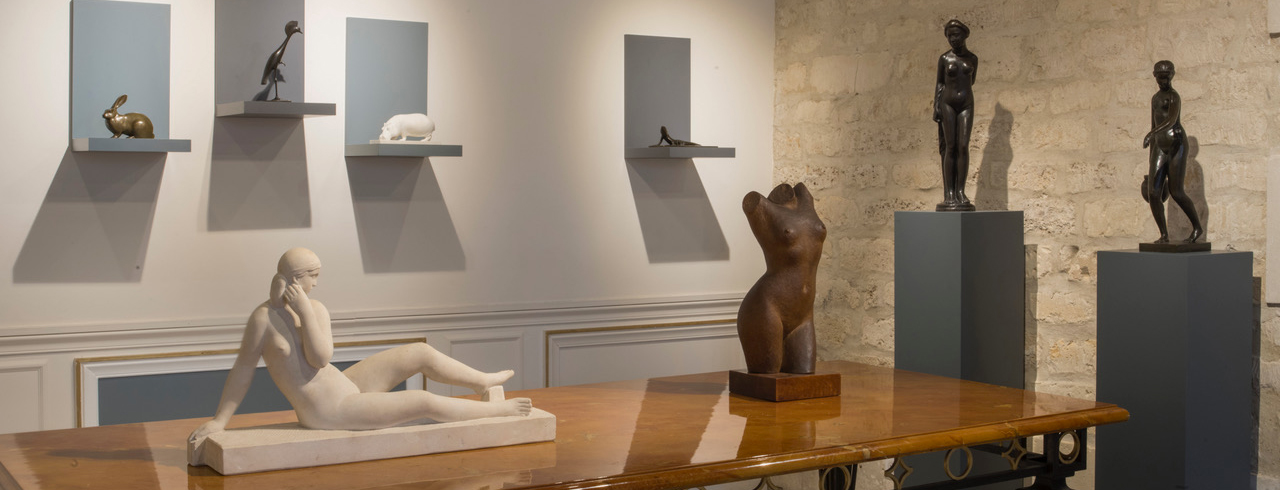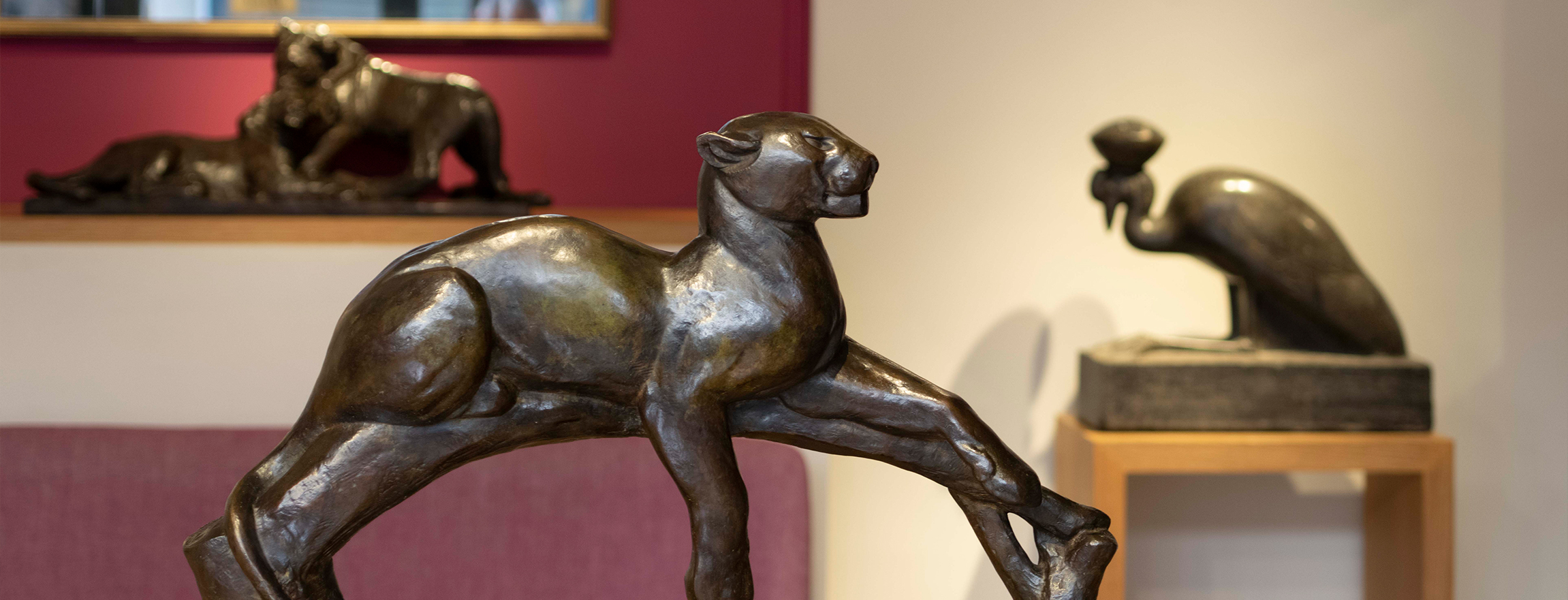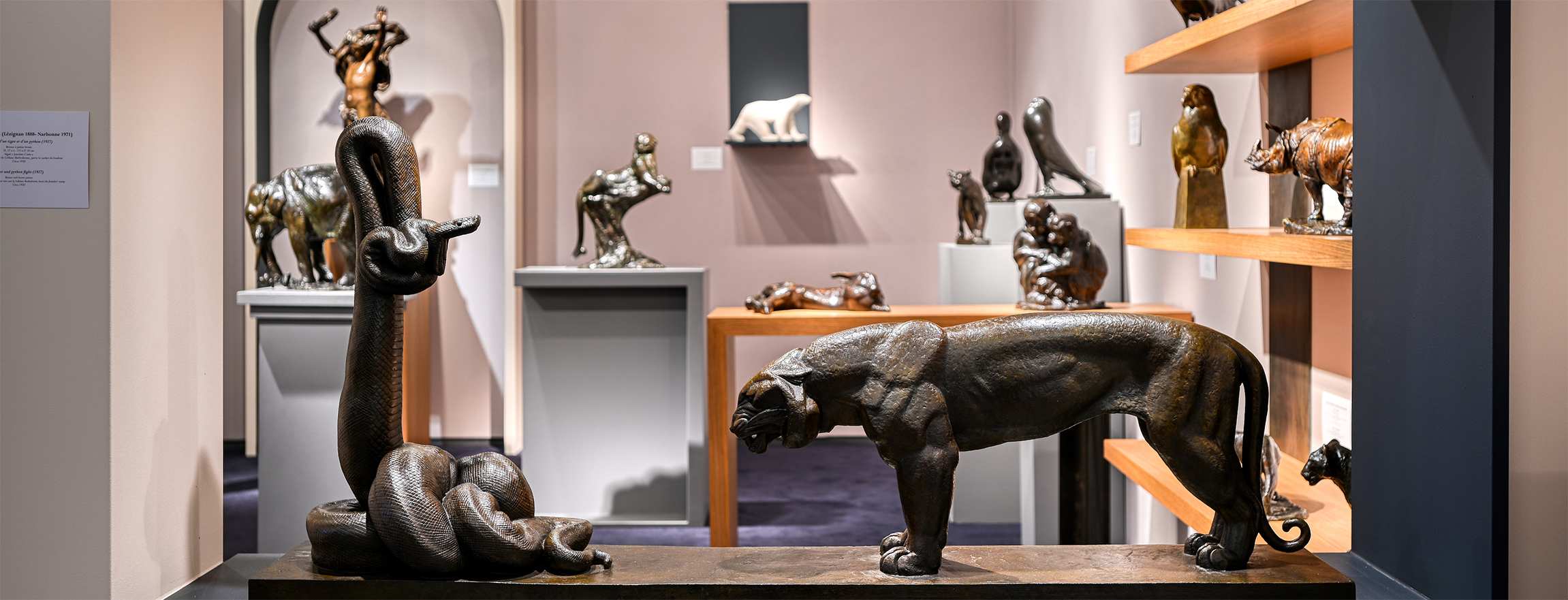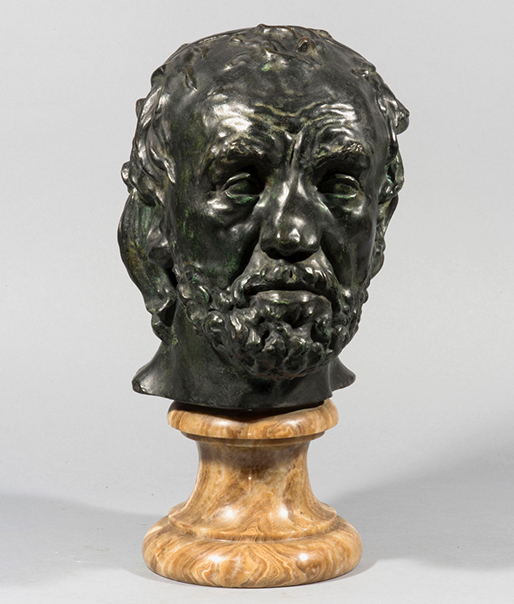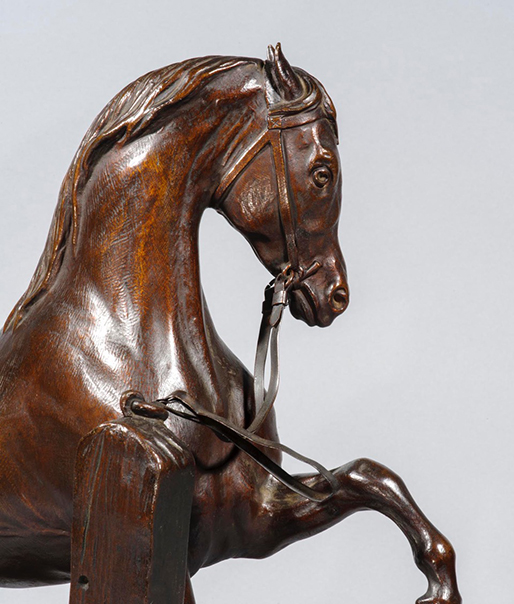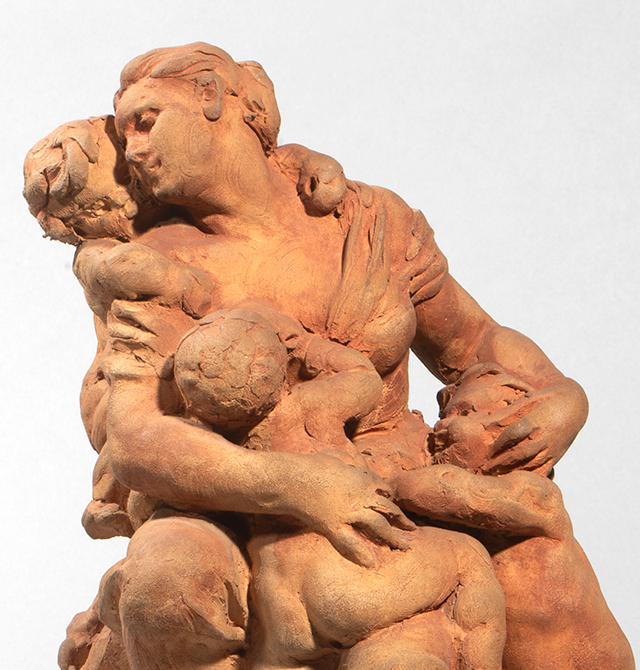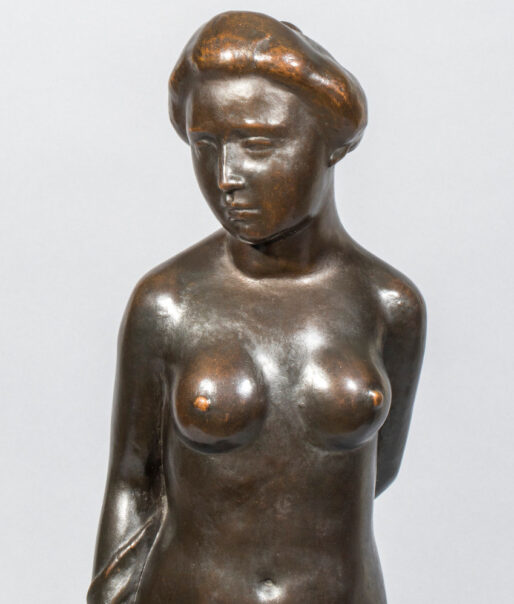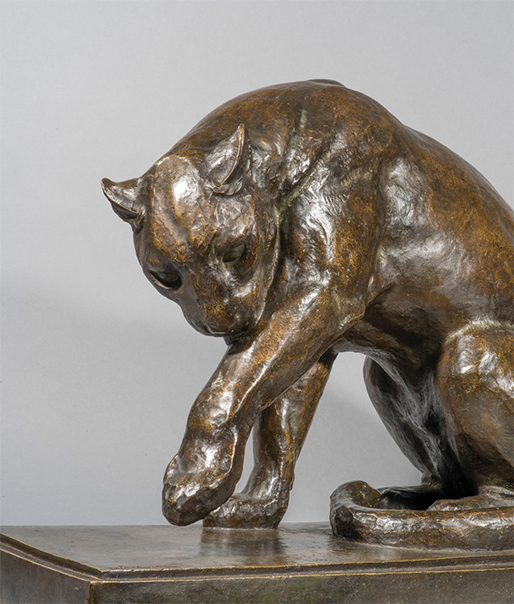I have a passion for the 19th and 20th century sculpture since my teenage years and happily began my career at an early age, in 2010, at the Louvre des Antiquaires. This fruitful experience allowed me to open my first gallery in 2015 at 205, rue du Faubourg Saint-Honoré close to the Champs-Elysées. In 2020, I set up a second gallery, located on the left bank of the Seine, at 1 quai Voltaire, opposite the Louvre.
These two exceptional locations gave me the opportunity to develop my collection of sculptures from different angles, which were constantly renewed.
Up to now, we have held no less than thirteen exhibitions, including ‘Antoine-Louis Barye‘, ‘Rodin’s influence on sculpture‘, ‘Groupe des Douze‘, ‘Guyot‘, etc. All figurative and animal sculptures that have been presented were selected with an utmost rigour for their aesthetic as well as their technical qualities.
Works by some of the greatest sculptors such as Barye, Belmondo, Bugatti, Carpeaux, Dalou, Godchaux, Guyot, Rodin, Pompon and Sandoz are currently being displayed in our two galleries. An outstanding collection of bronze artworks with nuanced patinas stamped by prestigious foundries such as Barbedienne, Hébrard, Rudier, Siot Decauville, Susse, Valsuani etc. , which is also enriched by remarkable marble, terracotta, biscuit, sandstone and plaster sculptures.
Nicolas Bourriaud is a member of the Chambre Nationale des Experts Spécialisés en objets d’art et de collection (CNES) and of the Syndicat National des Antiquaires (SNA).

